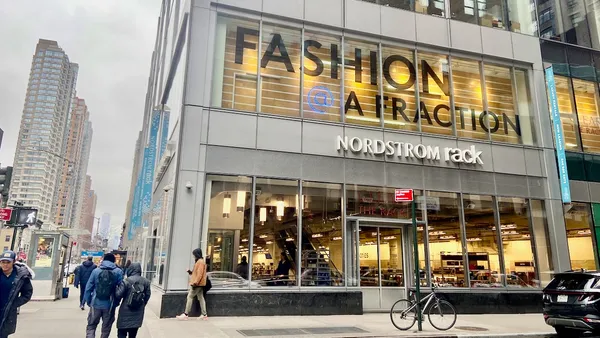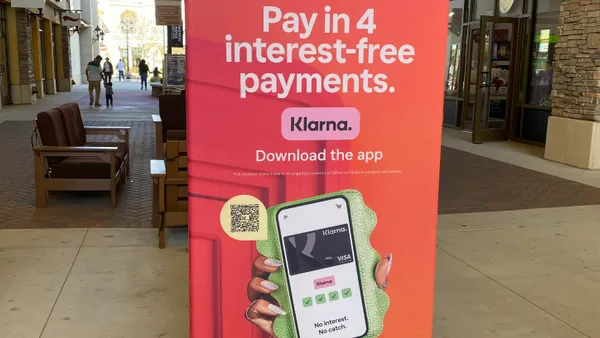Dive Brief:
-
The National Retail Federation said on Tuesday that it expects holiday retail sales in November and December this year (excluding automobiles, gasoline and restaurants) to grow 3.6%-4% to between $678.75 billion and $682 billion, from $655.8 billion last year. The organization is offering a range rather than a specific target due to the unknown impact of major hurricanes that have hit retailers in some areas of the country.
-
Last year, with a day less for shopping than this year, holiday sales rose 3.6%; the five-year average is 3.5%, according to an NRF press release emailed to Retail Dive. NRF expects retailers to hire between 500,000 and 550,000 temporary workers this year, down from last year’s 575,000. And the organization said it will release Thanksgiving weekend spending data on Nov. 28, the day after Cyber Monday, to provide a more accurate picture of consumer activity.
-
Meanwhile, PwC on Tuesday released findings that most consumers (83%) are primed to spend as much or more this holiday as they did last year; the average of $1,189 per customer is 6% higher than last year. The overwhelming majority (88%) told PwC that they’ll shop in stores this holiday, but another great majority (84%) said they’ll shop online.
Dive Insight:
Taking these reports together, the optimistic forecasts for holiday sales this year come from an extra shopping day as well as better employment and wages — for higher income consumers. "Consumers continue to do the heavy lifting in supporting our economy, and all the fundamentals are aligned for them to continue doing so during the holidays," NRF Chief Economist Jack Kleinhenz said in a statement. "The combination of job creation, improved wages, tame inflation and an increase in net worth all provide the capacity and the confidence to spend."
The significant boost in average holiday spending is coming from high-income consumers who’ve seen income gains, however; most other consumers, while optimistic, are coping with stagnant wages, PwC said.
"[H]ouseholds with incomes less than $60,000 will decrease spending on gifts and entertainment, boosting only their travel spending," according to PwC’s report. "This pattern from our survey results — of high-income households driving spending — reflects broader economic trends in which high-income families have seen the largest income gains. While median household income did hit a 17-year record at $59,039, rising employment, rather than wage growth, was the contributing factor."
That’s helping to keep shoppers focused on deals, and for many that’s what the holidays mean — discounts. Low price is the primary motivating factor for purchases by 63% of holiday shoppers, according to PwC, which found that sales will lead more shoppers (62%) to begin shopping before Black Friday Week rolls around. "Conversely, the proliferation of sales and promotions in late November and most of December also allows consumers who’d rather wait to do so," PwC said. "In fact, some 70% of consumers told us they will wait until after Black Friday Week to finish buying their gifts. Of those, 15% won’t finish their shopping until after Christmas Day, in anticipation of after-Christmas discounts."
Amazon’s mid-summer Prime Day event may have an effect this year, according to PwC, which says that many shoppers may have bought holiday gifts even then.
Special holiday shopping days are also moving online. Nearly a third (30%) of consumers will do the majority of their Black Friday shopping only online, another 30% will combine online and in-store shopping, and 19% will shop only in store, according to PwC.
More people will be shopping online on Thanksgiving day as well — some 28% will do most of their shopping only online, up 10 percentage points from last year, says PwC, while some 17% will shop both online and in stores and 13% will shop only in stores. That could be a boon for retailers closing on Thanksgiving Day, who might still get online traffic from customers shopping between dinner and the football game.
Cyber Monday retains its importance as a big shopping day, with a record of $3.45 billion in online sales last year, a 12% increase over 2015, PwC said.
This story is part of our ongoing coverage of the 2017 holiday shopping season. You can browse our holiday page and sign up for our holiday newsletter for more stories.














